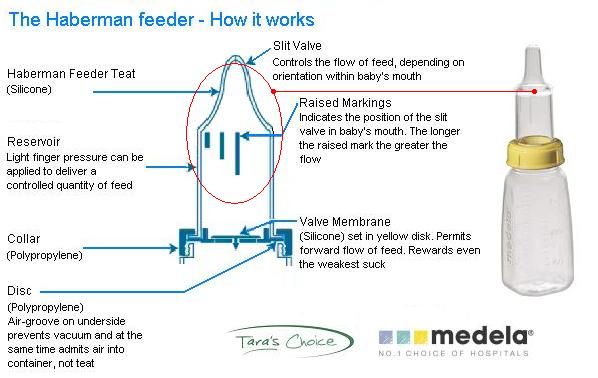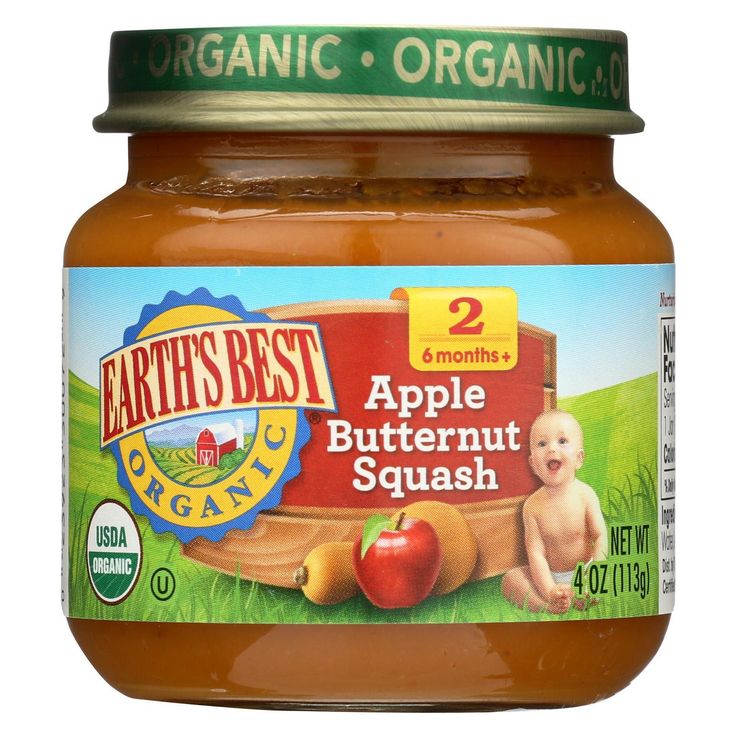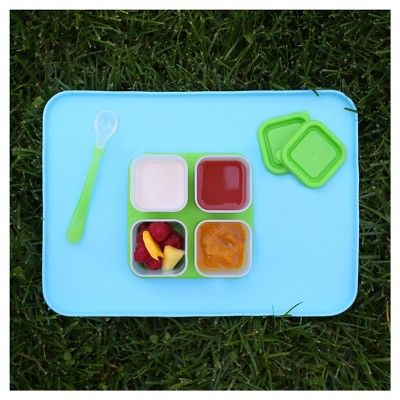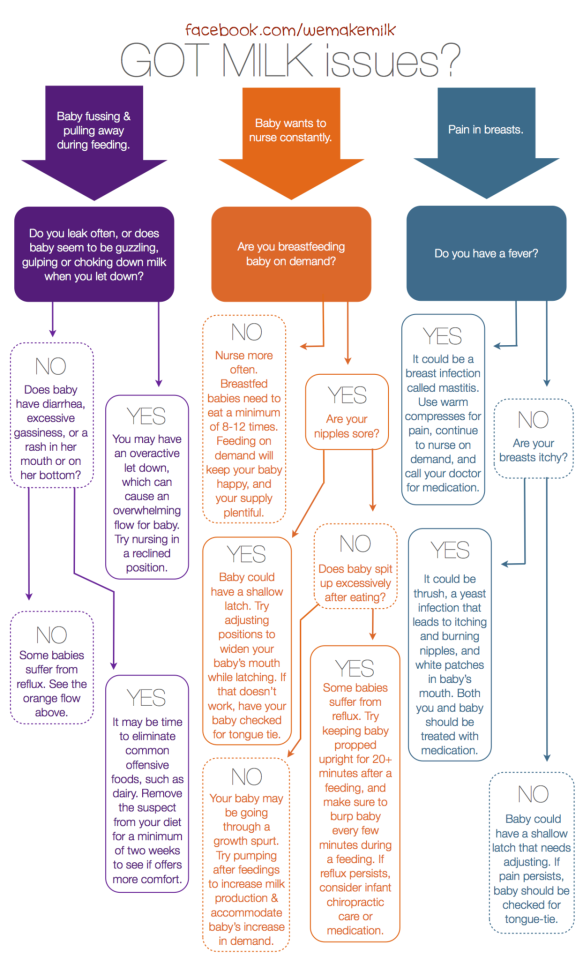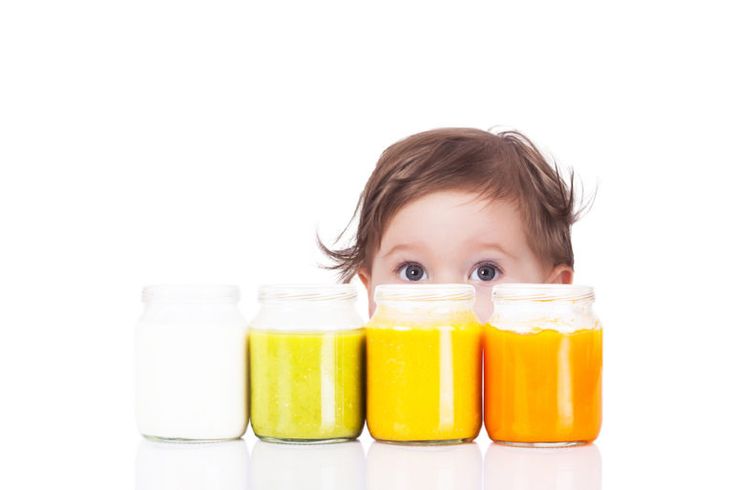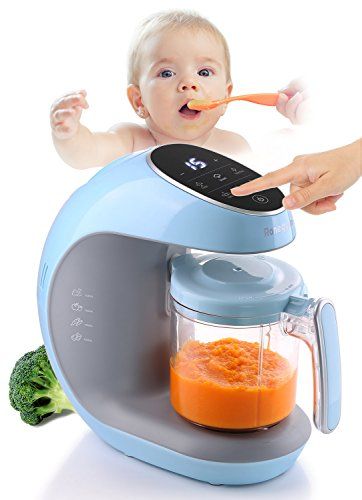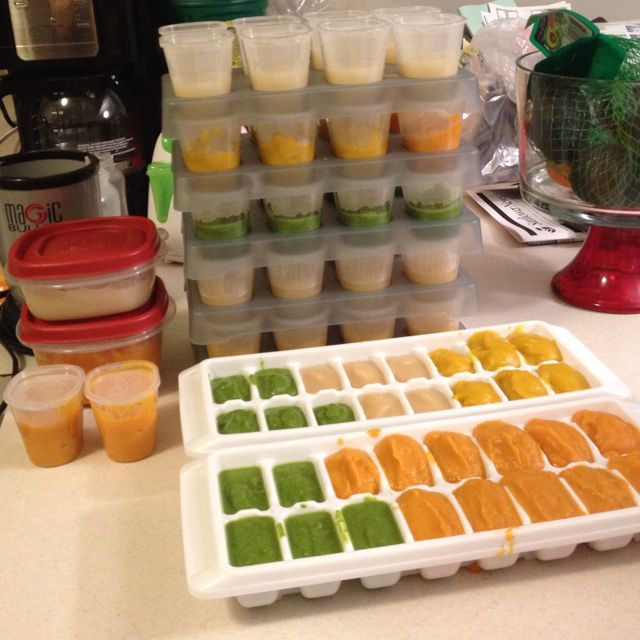How to feed cleft palate baby
Cleft Palate: Feeding Your Baby
The palate, more commonly referred to as the roof of the mouth, separates the mouth from the nose. The palate is important for feeding and speaking. A cleft is an opening or split in the palate. This cleft can make feeding hard for your baby. Most babies with a cleft of the palate are not able to use standard bottles or solely breast feed because they cannot create the suction needed to draw the milk out of the nipple. Special bottles and nipples are available to help infants with cleft palate feed and grow. These bottles may be used with formula or breast milk.
Supplies for Feeding Your Baby
Several types of bottles and nipples are available to help you feed your baby. You may need to try more than one feeding system before finding the best one for you and your baby. Our feeding team will work with you and your family to make sure your baby is feeding well and gaining weight.
Examples of Feeding Systems
Assisted Delivery Systems
- Enfamil® Cleft Lip/Palate Nurser: This bottle is soft and squeezable and comes with a long, stiff nipple.
It can also be used with any standard sized nipple, like an orthodontic nipple. To feed your baby, gently squeeze the bottle using a pulsing rhythm while your baby is sucking to help provide the milk (Picture 1).
- Medela® SpecialNeeds™ Feeder (formerly known as the Haberman Feeder™): The flow rate can be adjusted depending on which line is pointing toward the baby’s nose. This nipple has a one-way flow valve to allow the milk to enter your baby’s mouth when the nipple is squeezed. (Picture 2).
Infant paced systems
- Pigeon™ Nipple/Bottle: This Nipple fits on any standard bottle. It has a one-way flow valve that is inserted into the nipple. The special nipple has a soft side and a hard side (Picture 3). The hard side faces up and the soft side sits on the baby’s tongue. There is a notch (air vent) on the nipple that faces toward the baby’s nose during feeding.
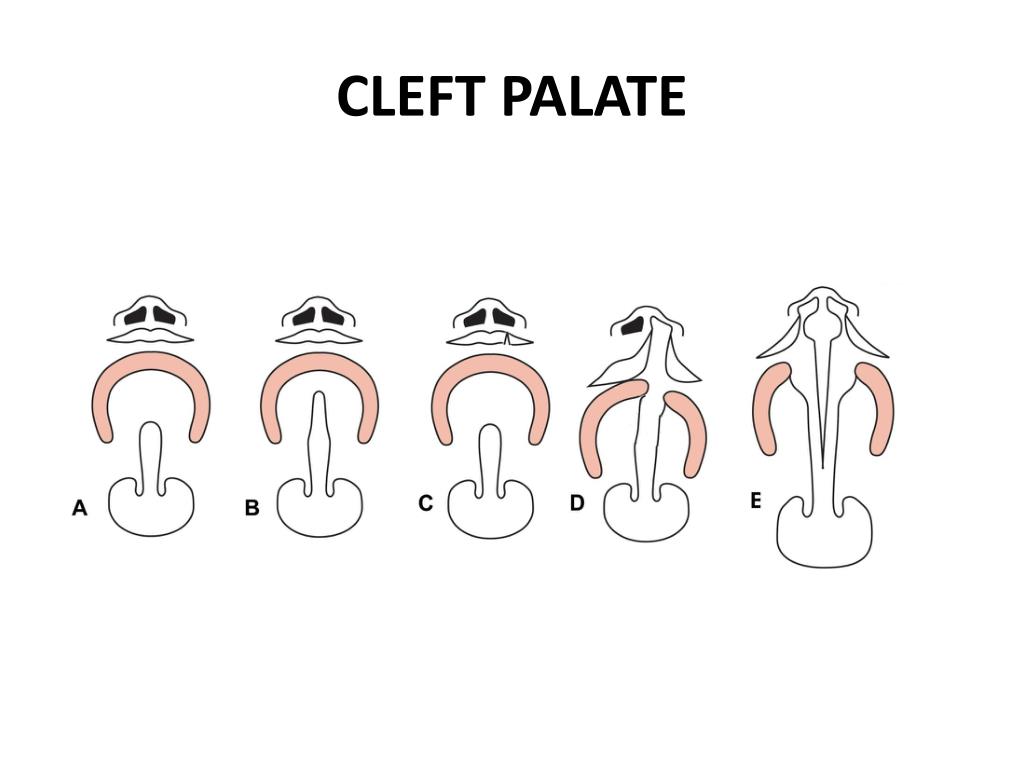 The baby compresses on the nipple during feeding to draw the formula or breast milk into their mouth.
The baby compresses on the nipple during feeding to draw the formula or breast milk into their mouth. - Dr. Brown’s Specialty Feeding System®: This feeding system also has a one-way flow valve that is placed into the nipple to help your baby feed. This valve is very important for feeding. It cannot be found in the bottles available at stores, so it must be purchased online. Please discuss this with our feeding team. The one-way flow valve allows your baby to self-pace by compressing on the nipple. The valve can be used with any level nipple, but you must watch your baby carefully during feeding to make sure the breast milk or formula is not flowing too fast.
How to Feed Your Baby
Here are some tips for feeding:
- Prepare the formula or breast milk for the bottle. If you are using powered formula, mix it with bottled water. Follow the mixing directions carefully for your baby and use the right measuring scoops or spoons.

- Cuddle your baby for a few minutes before you start to feed. This will help you both relax to make feeding time more pleasant.
- Hold your baby in an upright position on your lap and tilt him or her back slightly (Picture 5). This helps the baby to swallow while preventing milk or formula from flowing into the nose or middle ear.
- Rub the nipple of the bottle on the lower lip to help place the nipple into the mouth. This starts the sucking reflex.
- You should hold the bottle during the whole feeding time. The bottle should not be propped by a pillow or other item during feeding. This is not safe for your baby and can cause choking.
- Burp your baby often (after every 1/2 to 1 ounce). Babies may swallow air during feeding.
- Watch your baby closely during feeding to make sure the baby is eagerly and actively engaged in feeding.
- Feeds should be completed in 30 minutes so that your baby does not get too tired.
 This does not include time spent burping or changing the diaper.
This does not include time spent burping or changing the diaper.
If you put your baby to bed after the feeding, place the baby on their back.
As babies get older, they will need more than just formula or breast milk. Be sure to ask our feeding team about when you can start feeding cereal, fruits and vegetables.
If your baby has coughing, gagging, choking, milk running out of the mouth, or signs of distress, like labored breathing or watery eyes, they may be getting too much milk. If you notice these signs, please contact our team for help. You may see that some milk leaks out of the nose during a feeding. This is normal for a child with cleft palate that has not been fixed. It does not mean your child is choking. To help with this, keep your baby more upright during and after feeding. Most infants with cleft palate can feed successfully.
When to Call the Doctor
Call our feeding team or your child's doctor if your baby has:
- Weight loss or failure to gain weight
- Coughing or choking with feeding
- A sunken soft spot on the head
- Feeding takes longer than 30 minutes
- No wet diaper for 6 hours straight
- A hard time waking up for feeding.
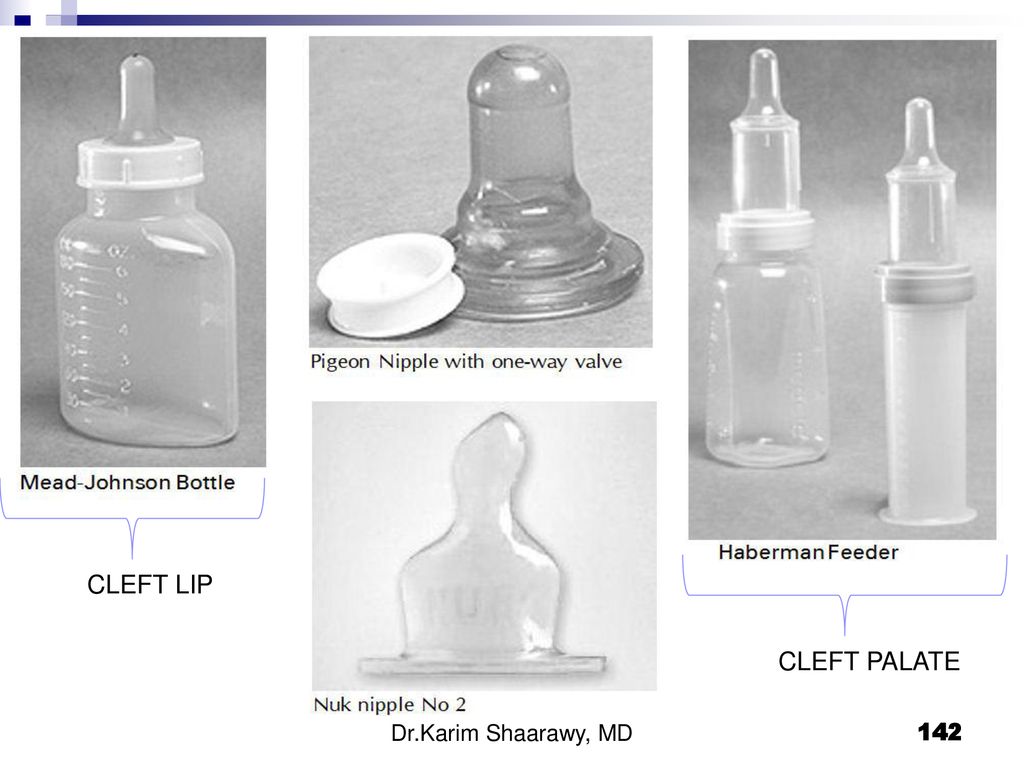 Some children who have other medical conditions along with a cleft palate may have a harder time with feeding and will need other changes in their feeding plan. If you have any questions, be sure to ask your baby’s doctor or nurse, or call 614-722-6449.
Some children who have other medical conditions along with a cleft palate may have a harder time with feeding and will need other changes in their feeding plan. If you have any questions, be sure to ask your baby’s doctor or nurse, or call 614-722-6449.
You can find more information about feeding on the web site of the Cleft Palate Foundation: www.Cleftline.org.
When Your Baby has Surgery
Children have surgery to repair a cleft palate when they are about 10 to 12 months old. Talk to the cleft palate team about surgery and post-operative feeding.
Cleft Palate: Feeding Your Baby (PDF)
HH-I-21 8/84, Revised 8/19 Copyright 1984, Nationwide Children’s Hospital
Feeding a Child with a Cleft Lip or Cleft Palate - Pediatric Cleft and Craniofacial Center - Golisano Children's Hospital
Golisano Children's Hospital / / Feeding a Child with Cleft Lip
Babies born with cleft lip and palate, like any other babies, need to learn how to feed successfully in order to thrive and grow.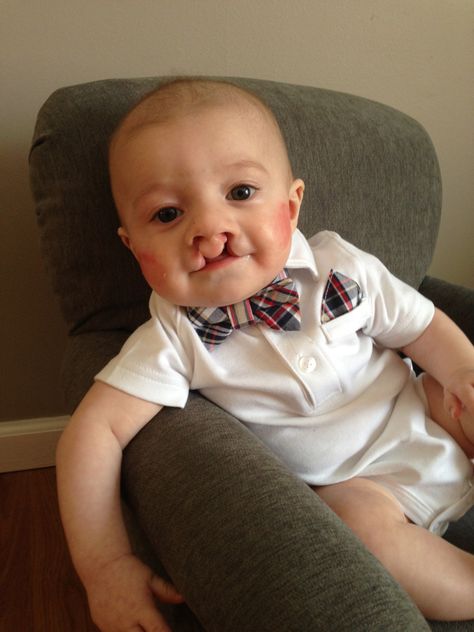 If the baby has a cleft lip only (with a normal palate), he/she should be able to eat normally using standard techniques. Babies with cleft lip only can even breastfeed, if you desire.
If the baby has a cleft lip only (with a normal palate), he/she should be able to eat normally using standard techniques. Babies with cleft lip only can even breastfeed, if you desire.
However, babies born with a cleft lip and palate, or cleft palate only, have an opening in the roof of their mouth- between the mouth and nose. This opening in the palate makes it difficult to create the suction needed to pull milk out of the bottle or to latch on to the breast to breastfeed. This means that babies with cleft palate are at risk for poor weight gain because they use a lot of energy to feed.
Our job is to work with parents and teach them how to feed their baby with a specialized cleft bottle and nipple. Our nurse practitioner, Melisande Ploutz, will see you and your baby weekly until your child is eating well and gaining weight appropriately. Babies should be able to feed comfortably within a reasonable amount of time, without struggling to breathe, choking, or working very hard to get the milk out of the bottle. The feeding goal is to help the baby get the right amount of milk in the right amount of time, and to avoid taking in too much air. Here are some simple guidelines:
The feeding goal is to help the baby get the right amount of milk in the right amount of time, and to avoid taking in too much air. Here are some simple guidelines:
- Use a specialized cleft palate bottle as demonstrated by your baby’s medical team.
- Place your baby in an upright, sitting position to prevent the formula from flowing back into the nose area.
- Keep the bottle tilted so the nipple is always filled with milk and pointed down away from the cleft. Your baby will move the nipple into the most comfortable position for him/her.
- As your baby feeds, some milk may escape through the nose. This is very common and expected, and it does not mean the baby is choking. Hold your baby in a more upright position as this will lessen the amount of milk coming through the nose.
- Babies with a cleft need to be burped more often because they take in more air while feeding. Watch for signs of discomfort; your baby will give you signs when it’s time to stop and burp.
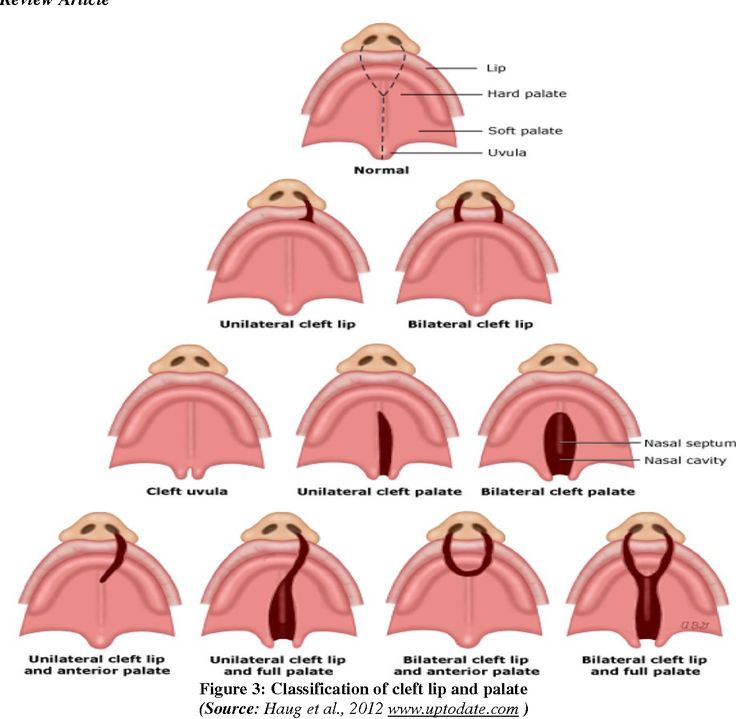
How will you know it’s working? Your baby should feed in about 30 minutes or less. Longer feedings can cause exhaustion and burn up too many calories that the baby needs to gain weight.
Secondly, your baby should return to birth weight by about 2 weeks of age and gain between a half an ounce to one ounce per day. This is an average, so be sure to follow the guidelines of your medical team.
Please click here for more information about feeding your baby with a cleft (use link): http://www.cleftline.org/who-we-are/what-we-do/feeding-your-baby/
All of these bottles are available for you at our clinic. Call 585-273-FACE.
- Dr. Brown’s Specialty Feeding System®
- Mead Johnson Cleft Palate Nurser
- Medela SpecialNeeds® Feeder
How to feed a baby before surgery to close a cleft
nutrients.
Babies with only cleft lip without palatal integrity usually have no problems with nipple latch and sucking.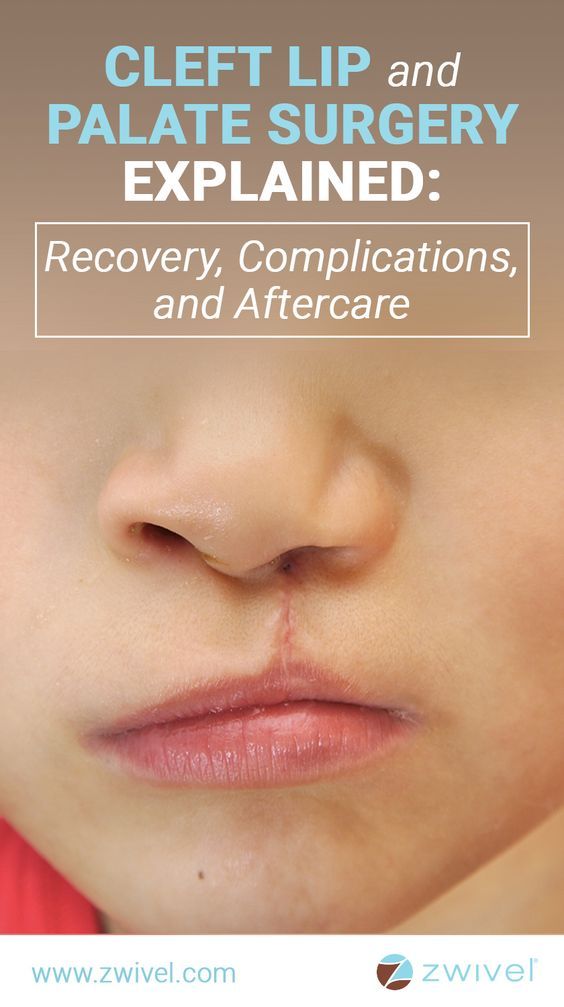 Children with cleft lip and palate or one cleft palate require some modification of the feeding method, as they have an abnormal communication between the nasal and oral cavity, which prevents the creation of negative pressure necessary for full sucking. Newborns with a cleft palate must squeeze milk out of the nipple by pinching it between the tongue and the rest of the hard palate and alveolar process of the upper jaw.
Children with cleft lip and palate or one cleft palate require some modification of the feeding method, as they have an abnormal communication between the nasal and oral cavity, which prevents the creation of negative pressure necessary for full sucking. Newborns with a cleft palate must squeeze milk out of the nipple by pinching it between the tongue and the rest of the hard palate and alveolar process of the upper jaw.
When milk is squeezed into the mouth of a child with cleft palate, some of it will go into the nose. In addition, during feeding, more air can enter the stomach than in healthy children. This requires frequent changes in the position of the baby when feeding to ensure regurgitation of air. In the first weeks of life, this swallowing of air can lead to disorders such as colic, regurgitation of food, or even slight vomiting. Usually, the child outgrows all these problems within a few months, as the tone of the stomach muscles increases and the activity of the muscles of the digestive tract is coordinated. If some of these symptoms persist for a long time, contact your pediatrician.
If some of these symptoms persist for a long time, contact your pediatrician.
Feeding babies with cleft lip and/or palate
For babies with clefts, as with all newborns, there are two best ways to feed: breastfeeding and bottlefeeding. Cup feeding is not the method of choice, and in the case of normal breastfeeding or bottle feeding, there is no need to resort to this method.
Breastfeeding
There are different opinions about breastfeeding children with clefts. Although it is undeniable that breast milk is the best food for a baby. When a child with a cleft lip or palate is first placed on the breast, there may be some difficulties that are automatically associated with the existence of the cleft. Meanwhile, feeding a baby requires a certain period of trial and error before normal feeding is established.
A baby born with only a cleft lip often has no more difficulty feeding than a baby without a cleft lip, as the breast tends to fill the empty space, adapting and sealing the baby's mouth as much as possible.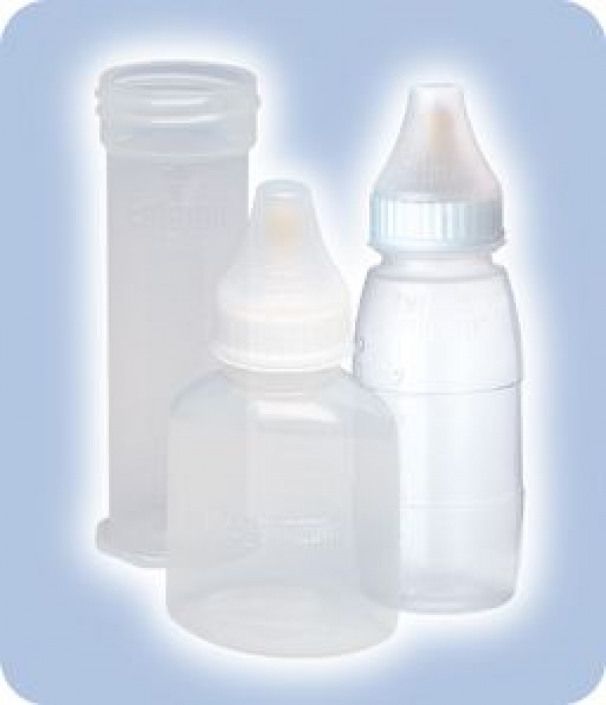
Feeding children with perforated cleft lip and palate is also possible if there are no other problems. However, additional patience and modification of feeding technique will be needed to provide the baby with an adequate supply of nutrients, reduce maternal stress, and optimize the baby's responses.
The following tips may be helpful to you.
- Massaging the breast before feeding promotes reflex milk release, which in turn facilitates the flow of milk into the baby's mouth.
Warm compresses applied to the breasts for 20 minutes prior to feeding ensure good blood flow to them.
Frequent breastfeeding (every 2-3 hours) in the first 2 weeks of life is often recommended to establish normal lactation.
Mothers are sometimes advised to increase their fluid intake. - Uses the areola (dark area around the nipple) digital pressure technique to help increase the protrusion of the nipple, making it easier to grab and hold in the baby's mouth. The nipple will enlarge during breastfeeding.
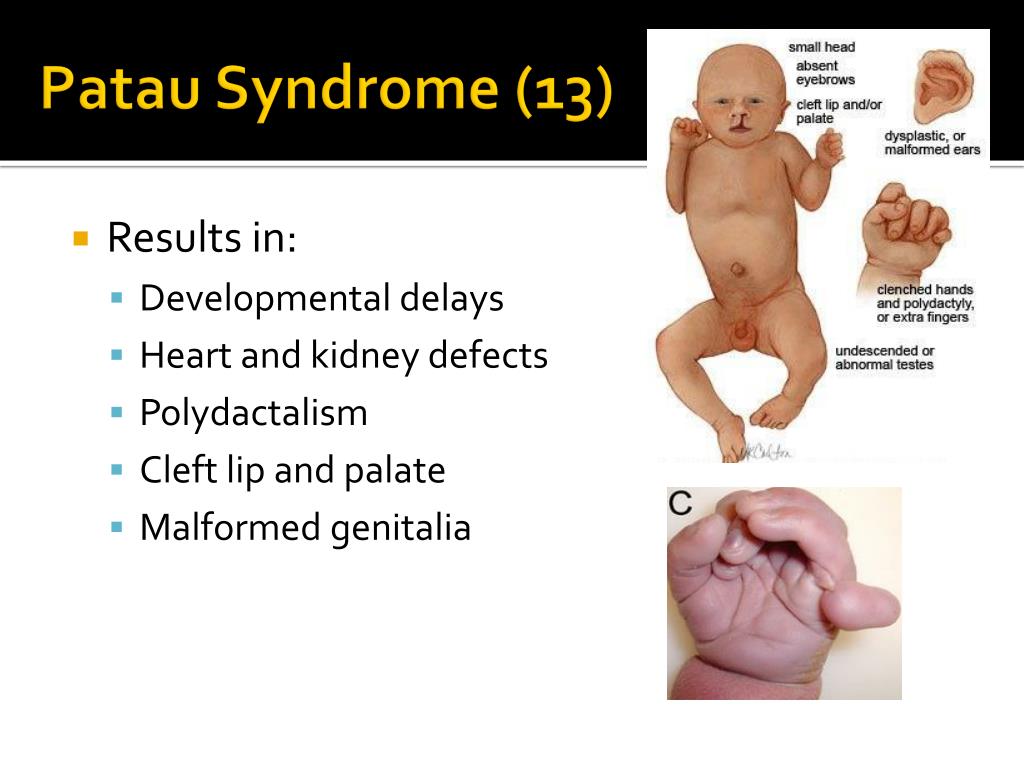
Sometimes the process of feeding is complicated by the appearance of cracks in the nipple. Such cracking may be due to infection or drug therapy. In such cases, to facilitate the feeding of the child, special pads are used to ensure the normal shape of the nipple and alleviate the mother's condition. Subsequently, when the cracks disappear, the nipple will bulge normally. - If, after several attempts, the baby is unable to hold on to the nipple, or if you feel that the baby is not fully satiated, collect the remaining milk with a breast pump and finish feeding this milk from the bottle. In any case, when you bottle feed a baby, you should always give the baby the breast first and then the bottle. With gradual adaptation, increasing strength and patience of your baby, the process of breastfeeding can become longer.
Bottle-feeding
It happens that it is not possible to establish normal sucking strength during attachment to the breast, especially in children with bilateral cleft lip and palate, in which the child cannot compensate for the pathological communication between the mouth and nose .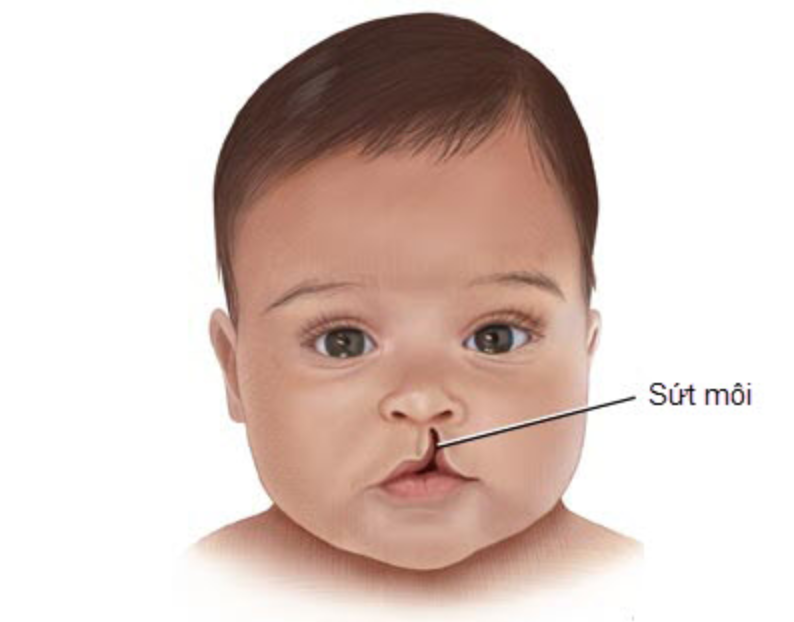 In such cases, the only way to obtain breast milk is to bottle feed expressed breast milk. It is advisable to feed the baby with milk expressed using a breast pump for several weeks or, if possible, longer. Even when your baby has been breastfed but breastfeeding has been delayed due to surgery or other reasons, you can bottle feed your baby with expressed milk until you can return to normal breastfeeding. In addition, there are currently ways to harvest breast milk for a certain period. Questions about how and when to store milk should be discussed with your pediatrician. In addition, there are currently a large number of breast pumps that significantly reduce the pumping time and ensure the maintenance of lactation for a long time.
In such cases, the only way to obtain breast milk is to bottle feed expressed breast milk. It is advisable to feed the baby with milk expressed using a breast pump for several weeks or, if possible, longer. Even when your baby has been breastfed but breastfeeding has been delayed due to surgery or other reasons, you can bottle feed your baby with expressed milk until you can return to normal breastfeeding. In addition, there are currently ways to harvest breast milk for a certain period. Questions about how and when to store milk should be discussed with your pediatrician. In addition, there are currently a large number of breast pumps that significantly reduce the pumping time and ensure the maintenance of lactation for a long time.
Formula feeding
Formula feeding is a simple and reliable substitute for breast milk. For this type of feeding, the same principles are acceptable as for breastfeeding, with the exception of small additions to the technique if necessary.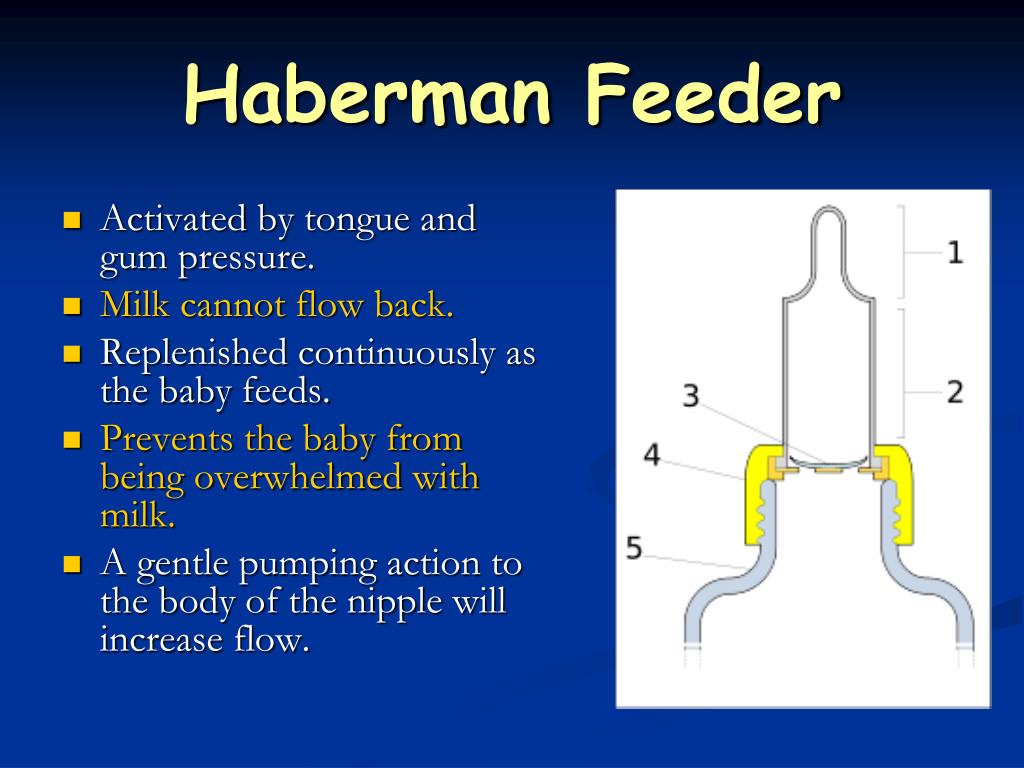 In addition, the easier intake of food with wide cleft lip and palate will help your child more easily compensate for the difficulties that arise from pathological communication of the oral cavity and nose. The selection of the necessary mixture for your baby can be adequately carried out by your pediatrician, who is guided by the peculiarities of the metabolism and digestive system of each child. Remember that you need to carefully study the instructions for preparing the mixture, which is usually located on the label of each package. Sometimes the pediatrician may recommend increasing the concentration of the mixture to speed up the weight gain of the child. This is a temporary measure, since the intake of water into the child's body is no less important than the amount of food consumed. For children with a cleft, a pacifier and bottle may need to be matched. Usually, parents start with simple types of nipples and bottles, and often, especially for children with small cleft lips, they are suitable.
In addition, the easier intake of food with wide cleft lip and palate will help your child more easily compensate for the difficulties that arise from pathological communication of the oral cavity and nose. The selection of the necessary mixture for your baby can be adequately carried out by your pediatrician, who is guided by the peculiarities of the metabolism and digestive system of each child. Remember that you need to carefully study the instructions for preparing the mixture, which is usually located on the label of each package. Sometimes the pediatrician may recommend increasing the concentration of the mixture to speed up the weight gain of the child. This is a temporary measure, since the intake of water into the child's body is no less important than the amount of food consumed. For children with a cleft, a pacifier and bottle may need to be matched. Usually, parents start with simple types of nipples and bottles, and often, especially for children with small cleft lips, they are suitable. If the baby is not satisfied with the proposed devices, you can try using special orthodontic nipples and soft bottles. Your main task is to select the nipple and bottle that will make feeding the baby easy and complete.
If the baby is not satisfied with the proposed devices, you can try using special orthodontic nipples and soft bottles. Your main task is to select the nipple and bottle that will make feeding the baby easy and complete.
Soft nipples are usually better than hard nipples. You can soften the nipple by boiling. Subsequently, with the strengthening of your baby's chewing muscles, soft nipples can be replaced with soft orthodontic or harder nipples.
Some children with clefts may have difficulty with both very long and very short nipples. Short nipples cannot provide good contact with the tongue and palate, while long nipples can provoke a gag reflex.
One of the ways to regulate the flow of milk into the baby's mouth is the cross hole on the tip of the nipple. Such cuts facilitate the flow of liquid from the bottle. Cross-shaped incisions are very convenient, as they allow the child to regulate the strength and speed of milk flow with a constant sucking rhythm, preventing choking. A simple enlargement of the opening in the nipple causes a steady increase in the flow of milk into the baby's mouth, which leads to difficulty in sucking control and disruption of the interaction between swallowing and breathing. On the contrary, the cruciform incision ensures the flow of milk only at the moment of squeezing the nipple. Any nipple can be made into a cross-cut nipple with a regular razor blade. If it is required to make an incision on the orthodontic nipple, then it is better to perform it not at the very top, but a little closer to the lingual surface, as this will contribute to a dosed flow of fluid.
A simple enlargement of the opening in the nipple causes a steady increase in the flow of milk into the baby's mouth, which leads to difficulty in sucking control and disruption of the interaction between swallowing and breathing. On the contrary, the cruciform incision ensures the flow of milk only at the moment of squeezing the nipple. Any nipple can be made into a cross-cut nipple with a regular razor blade. If it is required to make an incision on the orthodontic nipple, then it is better to perform it not at the very top, but a little closer to the lingual surface, as this will contribute to a dosed flow of fluid.
Another way to make milk flow easier while conserving baby's energy is to use soft bottles. The compression of such a bottle should be carried out rhythmically and correspond to the frequency of sucking and swallowing food by the child (approximately every 2-3 sips). Following the rhythm of the child, you can be sure that there will be no excessive intake of milk into the oral cavity and its reflux into the respiratory tract.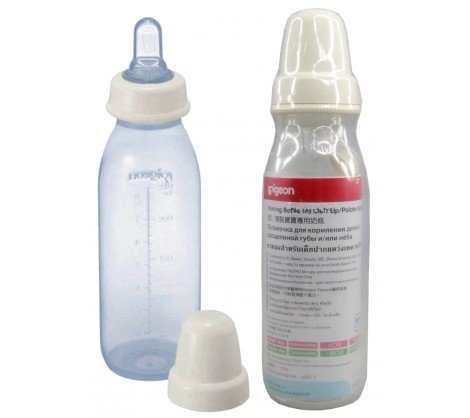 The bottle must be squeezed and then released without continued compression. Feeding is usually easier if the bottle is angled to the opposite side of the mouth from the cleft, so that the nipple can be compressed between the tongue and the remaining normal part of the alveolar process of the maxilla and hard palate. Your baby will make the necessary adjustments on his own, adjusting to the position of the nipple, making it easier for him to get milk from the bottle. To do this, you only need to hold the bottle in one position and give the child the opportunity to shift the nipple from one corner of the mouth to another.
The bottle must be squeezed and then released without continued compression. Feeding is usually easier if the bottle is angled to the opposite side of the mouth from the cleft, so that the nipple can be compressed between the tongue and the remaining normal part of the alveolar process of the maxilla and hard palate. Your baby will make the necessary adjustments on his own, adjusting to the position of the nipple, making it easier for him to get milk from the bottle. To do this, you only need to hold the bottle in one position and give the child the opportunity to shift the nipple from one corner of the mouth to another.
When choosing a method of feeding, parents should understand for themselves some of the main advantages of bottle feeding:
- the most adequate supply of milk to the baby's body;
- saving physical energy spent on feeding, both by the child and the parent;
- the method allows to normalize suckling;
- is the most affordable, inexpensive and easiest way to feed.

Other feeding recommendations
Feeding position
It is very important that the breastfeeding parent finds the most comfortable position for himself. Sometimes, for comfort, it is useful to use a pillow to support the child. It also makes it easier to support the child with a footrest, on which the parent can lean with both one and two legs. Since feeding a baby can take up to 30 minutes. several times a day, the adult feeding the child should choose the most comfortable and relaxed position for himself.
The baby should be well supported during feeding, usually in a slightly elevated position or sitting. This position helps prevent milk from entering the nose and choking the baby.
While breastfeeding, the mother can use several positions that can make the process much easier. The first position, when the child sits on a mattress or pillow, his back is supported by the mother's forearm, and her head by her hand.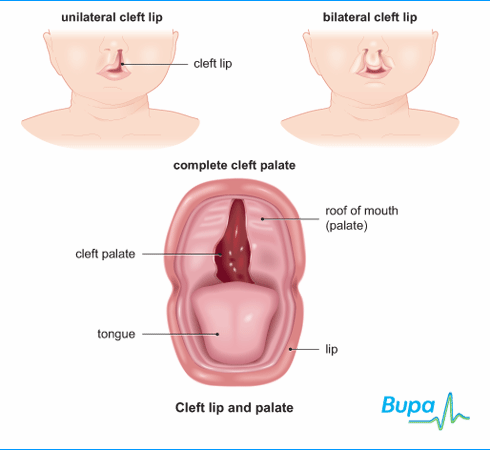 In this position, gravity helps the nipple to be placed in the baby's mouth.
In this position, gravity helps the nipple to be placed in the baby's mouth.
It is very important to push the chest away from the baby's nose so as not to interfere with adequate breathing.
Another position where the child sits on the mother's lap, facing her, with the child's legs wide apart, embracing the mother's stomach. Sometimes it is necessary to use a pillow in order to lift the child higher.
In order to suckle effectively, the baby's lower jaw must be in a stable position. If the mother supports the child by the lower jaw or chin, then the baby will not get tired so quickly. It is also useful for the baby's head to be turned first to one side and then to the other during feeding. Such a change allows the muscles of the oral region to work evenly. When bottle feeding, it is important that the baby is supported in an elevated position. The nipple should be placed in the area where all tissues are most preserved.
How to choose the right time to feed
When a baby starts crying loudly and seems agitated, there is a good chance that he is very hungry and this can make feeding very difficult.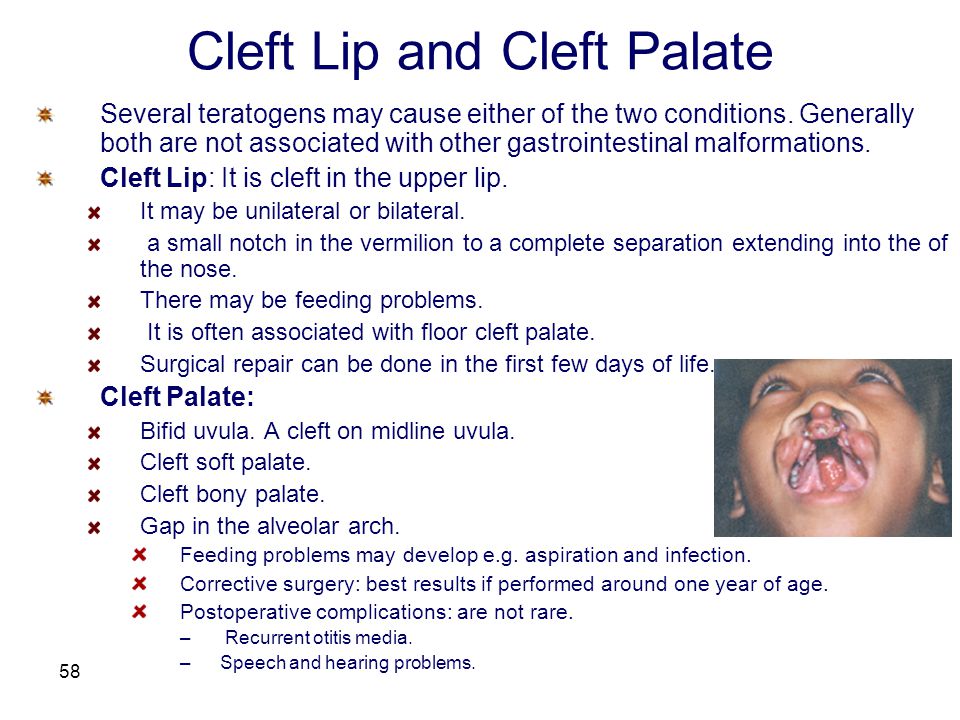 It is necessary to feed the child before he becomes too hungry. The child eats better when he is slightly hungry and does not feel much discomfort.
It is necessary to feed the child before he becomes too hungry. The child eats better when he is slightly hungry and does not feel much discomfort.
Many parents find that they can learn their baby's feeding schedule by watching for certain "signals" of the baby when they wake up (moving the eyes under closed eyelids, moving the mouth, or bringing the hands closer to the mouth). However, it must be remembered that the child does not eat the same amount of liquid during each feeding. It depends on the time elapsed between feedings.
Help with food in the nose
Even when a fed baby is in a semi-elevated position, there is a risk of milk entering the nose (nasal regurgitation). Sometimes such regurgitation can be associated with a sudden change in body position. Parents should not be overly concerned about this, as food getting into the nose is quite common at first. It does not harm the child and gradually decrease with the growth of the baby. When regurgitation occurs, it is necessary to temporarily stop feeding and give the baby some time to cough or sneeze. This will allow the baby to clear the nasal passages and you can continue feeding. However, if the child has persistent regurgitation, cough is frequent and severe, you should consult your doctor.
When regurgitation occurs, it is necessary to temporarily stop feeding and give the baby some time to cough or sneeze. This will allow the baby to clear the nasal passages and you can continue feeding. However, if the child has persistent regurgitation, cough is frequent and severe, you should consult your doctor.
Use of palatal obturators
Some specialists involved in the treatment of children with cleft lip and palate believe that obturators (special palatal plates that follow the curvature of the palate) should be used when feeding children with cleft palate, as they separate the oral and nasal cavity, which can greatly facilitate feeding. Such obturators tend to damage the mucosa. A more reliable result is obtained when the fitting of the obturator is carried out in the first few days of life. If you agree to use such a device, then you must be in close contact with a specialist who will manufacture, try on and adjust the device, periodically replacing it with a new one.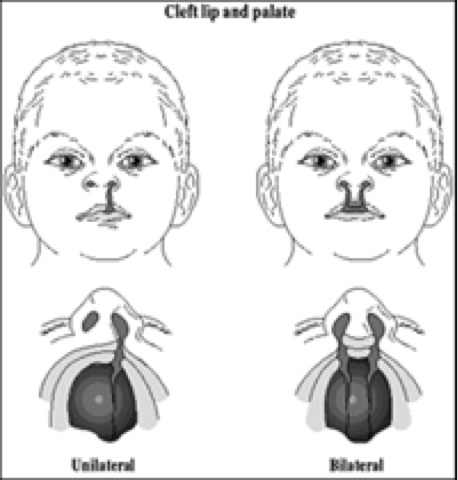
Most babies born with cleft palate and lip can be adequately fed without the use of such a machine when parents use combinations of feeding positions, appropriate feeding pattern (bottle or while breastfeeding), and appropriate technique.
Solid food introduction
Your child should be ready for pureed food at the same age as other children. Pureed food should be introduced at 4–6 months of age. Feeding should be done with a spoon, not a bottle. This is the time when the child begins to be interested in the difference in tastes and states. Again, moving from an elevated position to a sitting position reduces the number of episodes of regurgitation. Initially, the child should receive a small amount of liquid (no lumps) cereal porridge mixed with artificial formula until he learns to feel the pieces of food in his mouth. Pureed food should be given to the child until he is very hungry, otherwise the child will refuse to eat. The child must be gradually accustomed to more adult food, which takes time and patience. At first, the baby will try to suck in new food, which can again lead to episodes of food entering the nose. If this happens, give the child some water to drink. As soon as the child learns to swallow food, the density of porridge can be increased by mixing it with less milk. After that, you can add other complementary foods. If a child continues to have difficulty learning to eat solid foods for a long time, it is necessary to seek advice from specialists involved in the treatment of children with cleft lip and palate.
At first, the baby will try to suck in new food, which can again lead to episodes of food entering the nose. If this happens, give the child some water to drink. As soon as the child learns to swallow food, the density of porridge can be increased by mixing it with less milk. After that, you can add other complementary foods. If a child continues to have difficulty learning to eat solid foods for a long time, it is necessary to seek advice from specialists involved in the treatment of children with cleft lip and palate.
Recommended feeding steps
| 4-6 months | introduction of porridge and puree soups |
| 8 months | give liquid, pureed food, introduce more hard or crushed food |
| 12 m. | give liquid, coarser chopped food, include chewy meat food |
| 18 m. | give liquid, coarser chopped food, increase the amount of meat food, and increase the amount of raw vegetables |
General questions
1. How often does the baby need to burp?
How often does the baby need to burp?
Frequent regurgitation usually occurs in children who swallow large amounts of air during feeding. The baby usually signals impending regurgitation by slowing down or stopping suckling. This is the time when the baby can burp, and not at the moment of active sucking.
2. Does the cleft area need cleaning?
A child's mouth, whether it has a cleft or not, tends to clean itself. Some newborns with cleft lip do not need additional cleaning, but you should come to such a decision with your pediatrician. Removal of small amounts of curdled milk in the area of the cleft can be successfully carried out by giving the child a few sips of water. In any case, it may be necessary to gently wipe the baby's face and mouth area with a damp cloth. The use of cotton swabs or rinsing with a syringe is not recommended, as this can damage the baby's delicate mucous membrane.
3. How to feed during the early postoperative period?
The surgeon who will operate on your child will definitely tell you about the features of feeding the baby after the restoration of the lip or palate. Mostly, parents should change the way of feeding immediately after surgery, and then the usual way of feeding will be restored. You will undoubtedly receive advice on restrictions and the introduction of a new way of feeding a few weeks before the operation so that you can gradually get used to this way.
Mostly, parents should change the way of feeding immediately after surgery, and then the usual way of feeding will be restored. You will undoubtedly receive advice on restrictions and the introduction of a new way of feeding a few weeks before the operation so that you can gradually get used to this way.
4. When can cup feeding be introduced?
A cleft baby can be cup fed in the same way as other babies. Most babies are ready for this way of eating at 8-9 months of age. There are many types of cups for babies, which can greatly reduce the adjustment period, as some cups may make a baby drink better than others. This helps to establish this way of feeding before palate plasty, especially if your child is already ready for the operation. Drinking from a cup does not adversely affect the newly operated lip and will allow you to return to your usual way of feeding after surgery. Since bottle-feeding is not allowed after palate plasty, gradually weaning the child from it will allow you to avoid unnecessary whims after the operation.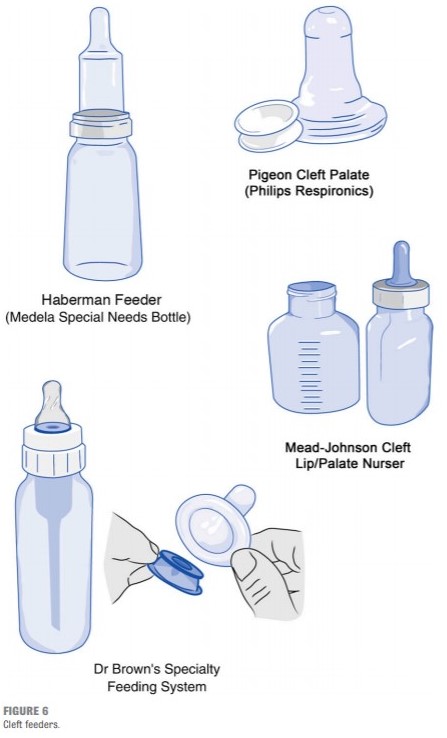
The experience of feeding a baby is extremely important for both parents and their baby. Newborn children adapt more easily, and infants learn faster if the parents have the necessary support, patience and love. Remember that there are many experienced professionals ready to provide you with the support you need.
Feeding children with cleft lip or palate
Cleft palate makes it difficult (and often impossible) to create a vacuum because the oral cavity is not isolated from the nasal cavity.
Feeding a child with cleft palate in the first hours and days after birth requires particularly prompt and clear advice from a lactation consultant. After all, parents are usually too upset and confused. They find it difficult to even formulate questions.
As with any child, the best practice is to:
1. create all conditions for feeding the child, in any way
2. establish milk production
fully appreciate the features of sucking
During the first few hours and days, the volume of colostrum is too small to bottle.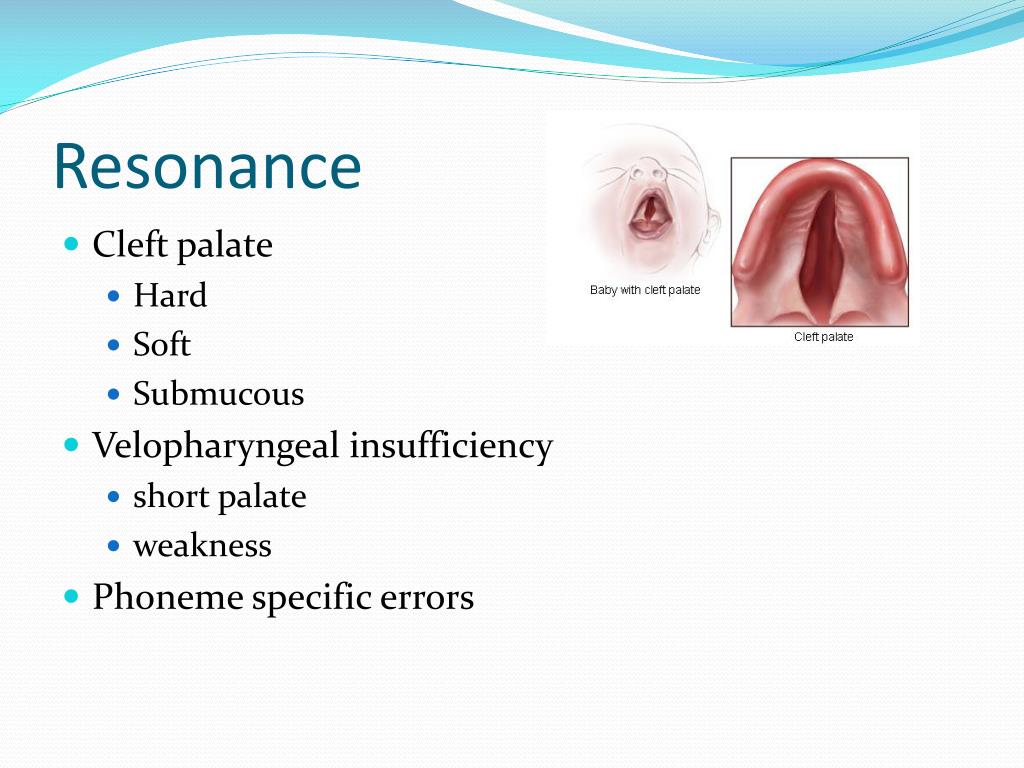 The small volume and viscous consistency of colostrum have their advantages. Spoon or syringe feeding is a good place to start. The likelihood that the child will choke is extremely small.
The small volume and viscous consistency of colostrum have their advantages. Spoon or syringe feeding is a good place to start. The likelihood that the child will choke is extremely small.
- Teach mom how to feed upright or face down.
- Finger feeding with a syringe in some cases allows you to block the hole in the palate with the pad of your finger and in all cases stimulate sucking movements.
- When the volume of milk per feeding exceeds 30 ml, and the consultant or mother has studied the characteristics of the baby's sucking enough, you can choose the right device for feeding.
Children with clefts usually need special bottles and methods to feed properly. Rarely is it possible not only to breastfeed, but also to use a regular bottle.
Today there are several options for feeding babies with clefts:
1. Habermann Drinker no longer called Medela, now Special Needs Drinker (Special Needs)
The long nipple has a voluminous base. During feeding, the soft silicone base is squeezed with fingers to ensure milk flows into the baby's mouth. You can adjust the strength of the flow and the volume of milk flow by turning the bowl according to the divisions on the base. Available for order in many online stores in Russia, the price is about 2000 rubles.
During feeding, the soft silicone base is squeezed with fingers to ensure milk flows into the baby's mouth. You can adjust the strength of the flow and the volume of milk flow by turning the bowl according to the divisions on the base. Available for order in many online stores in Russia, the price is about 2000 rubles.
2. "Dr.Brown's Natural Flow® Special Feeding Bottle with Valve". Dr.Brown's standard anti-colic bottle with nipple has a special membrane check valve that allows milk to move only towards the mouth and does not allow it to return to the bottle. With this system, the baby can compress the teat with their gums, adjusting the flow. Available for order in many online stores in Russia, the price is about 800 rubles.
3. " Pigeon teat, with valve for feeding babies with cleft palate and/or lips" . Available in two sizes, for newborns and standard. Made of silicone, the sides are of different thicknesses: the softer side lies on the tongue, the harder one is turned towards the palate.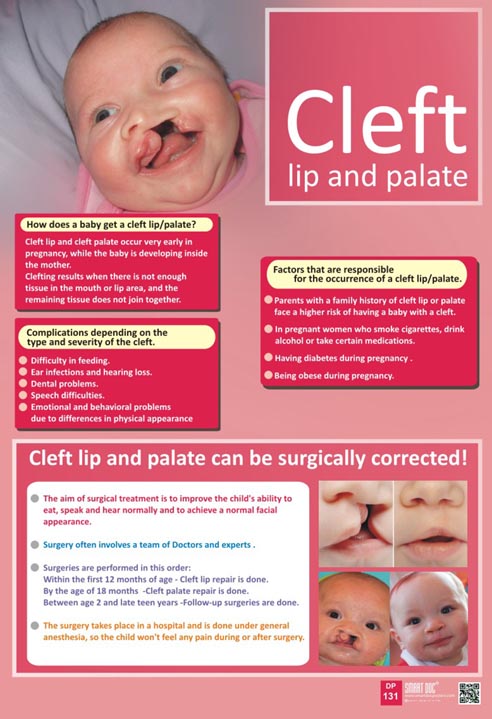 Thus, the cleft in the palate is closed, and the child has the opportunity to squeeze out the milk with the movements of the tongue. Suitable for all bottles with a standard neck. According to parents, these nipples wear out quickly, one is enough for 3-4 weeks. Available for order in many online stores in Russia, the price is about 350 rubles.
Thus, the cleft in the palate is closed, and the child has the opportunity to squeeze out the milk with the movements of the tongue. Suitable for all bottles with a standard neck. According to parents, these nipples wear out quickly, one is enough for 3-4 weeks. Available for order in many online stores in Russia, the price is about 350 rubles.
4. " Mead Johnson Cleft Cup" . Long nipple, flat bottle, soft enough to squeeze while nursing. Experts recommend trying to change the long yellow pacifier to a regular one if the baby is choking. It is not sold in Russia, but can be ordered on foreign sites.
5. " Nuk Teat for children with cleft palate ". A rather large soft latex nipple designed to cover a cleft palate to help create a sucking vacuum. Initially sold without a hole, which parents are encouraged to do themselves on the recommendation of a doctor, depending on the type of cleft. Suitable for all standard bottles.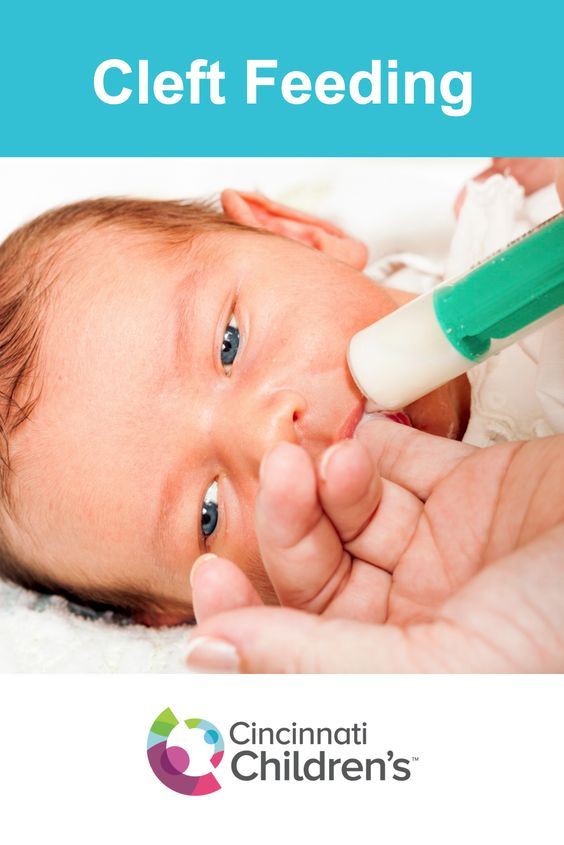 Nipples wear out quickly, one is enough for 3-4 weeks. Available for order in some online stores, the price is about 700 rubles.
Nipples wear out quickly, one is enough for 3-4 weeks. Available for order in some online stores, the price is about 700 rubles.
Feeding tips for babies with special needs :
- Like any feeding device, a cup or pacifier should be carefully selected according to its characteristics and the special needs of the child.
- Before the first feeding, fill the bottle with some water and practice squeezing the liquid out of the nipple. This will help to feel the features of the flow and, if necessary, calculate the compression force.
- Fluid should flow easily, but not too fast.
- As soon as the baby starts to suck. At the expense of “ra-a-a-a-az”, we gently squeeze the bottle / nipple, with firm, steady pressure. At the expense of "2, 3" smoothly release.
- Squeeze only when the baby suckles. Watch your baby carefully and listen for the sounds of sips.
- If the baby stops to breathe, you should also pause.
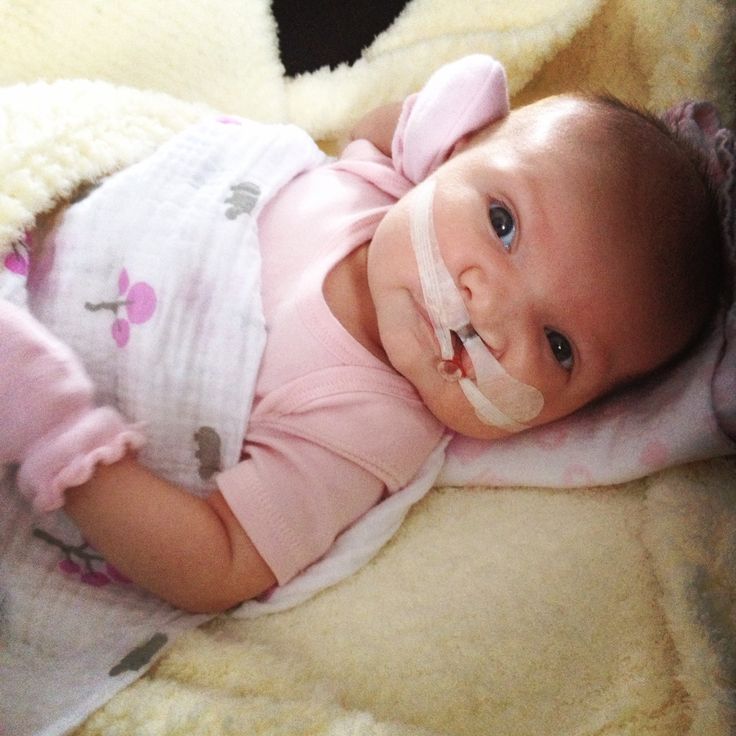
- Most parents quickly learn to adjust to their baby's suckling rhythm.
Should I breastfeed a baby with a cleft?
Yes, it is worth doing: although sucking is unlikely to be effective due to the lack of vacuum, there are no obstacles to the actual attachment, but there are significant advantages.
- Even non-nourishing suckling perfectly stimulates the mother's oxytocin reflex, increases milk production, and facilitates pumping.
- A mother's feelings of grief and disappointment will be significantly reduced if she can soothe her baby at the breast, hold him "skin to skin" and act within the normal scenario of mother-newborn interaction.
- With a cleft lip, it is sometimes possible to establish full breastfeeding: if the mother has the opportunity to cover the cleft during attachment to the breast (for example, with a finger), in some cases this allows the baby to create a vacuum that is quite sufficient for effective sucking.
